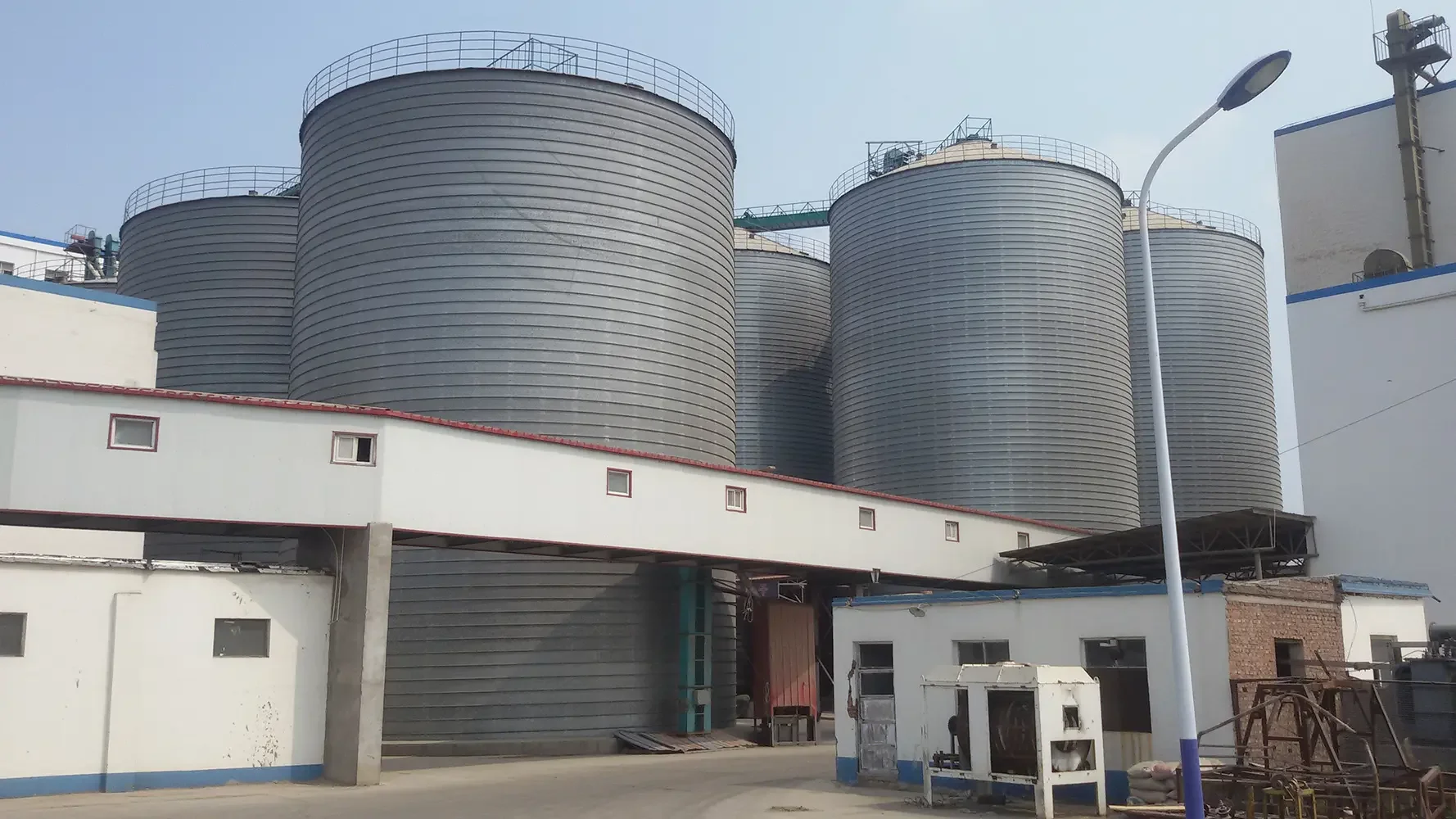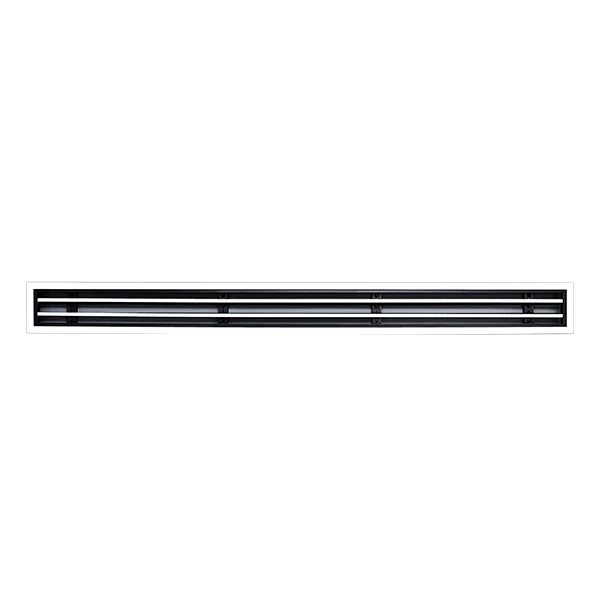In the realm of food safety, the proper storage of chemicals is a critical yet often overlooked aspect. The proximity of chemicals to food can pose significant health risks, making it imperative for food service establishments, households, and food production facilities to adhere to stringent guidelines. This article delves into the best practices for storing chemicals away from food, addressing the question: How far should chemicals be stored away from food?
Understanding the Risks
Chemicals used in cleaning, pest control, and maintenance can contain harmful substances that, if ingested, can lead to serious health issues. Contamination can occur through direct contact, spills, or even vapors that settle on food surfaces. The potential for cross-contamination is particularly high in environments where food is prepared or served. Therefore, understanding the risks associated with improper chemical storage is the first step in establishing effective safety protocols.
Regulatory Standards and Guidelines
Various regulatory bodies, including the Food and Drug Administration (FDA) and the Occupational Safety and Health Administration (OSHA), provide guidelines on the safe storage of chemicals in relation to food. While specific regulations may vary by region, a common recommendation is to store chemicals at least 6 to 10 feet away from food preparation areas. This distance helps to minimize the risk of accidental contamination.
In addition to physical distance, it is crucial to consider the vertical space. Chemicals should be stored on higher shelves, away from food items, to prevent accidental spills or leaks. Furthermore, the use of dedicated storage areas that are clearly labeled and separated from food storage is highly recommended.
Best Practices for Chemical Storage
- Designated Storage Areas: Establish specific areas for chemical storage that are separate from food storage. These areas should be clearly marked and restricted to authorized personnel only.
- Proper Labeling: All chemicals should be clearly labeled with their contents and hazard warnings. This not only aids in proper identification but also ensures that staff are aware of the potential risks associated with each chemical.
- Use of Secondary Containment: Employ secondary containment measures, such as spill trays or bins, to catch any leaks or spills. This is particularly important for liquid chemicals that could easily contaminate food items.
- Regular Training: Staff should receive regular training on the safe handling and storage of chemicals. This training should include information on the importance of keeping chemicals away from food and the proper procedures for dealing with spills or accidents.
- Routine Inspections: Conduct regular inspections of chemical storage areas to ensure compliance with safety protocols. This includes checking for proper labeling, secure storage, and the condition of containers.
The Importance of Distance
While the recommended distance of 6 to 10 feet is a general guideline, the specific requirements may vary based on the type of chemicals being stored. For instance, highly volatile substances may necessitate greater distances and more stringent safety measures. Additionally, factors such as airflow, temperature, and humidity can influence the safe storage of chemicals.
Conclusion
In conclusion, the safe storage of chemicals away from food is a fundamental aspect of food safety that should not be underestimated. By adhering to established guidelines and implementing best practices, food service providers and households can significantly reduce the risk of chemical contamination. The question of how far chemicals should be stored from food is not merely about distance; it encompasses a comprehensive approach to safety that prioritizes the health and well-being of consumers. By fostering a culture of safety and vigilance, we can ensure that our culinary spaces remain safe and free from harmful contaminants.


More Stories
The Role of Combining DC Fast Chargers and Energy Storage Systems in Building Efficient Charging Networks
Custom Solar Slew Drive Design for Precision Tracking Systems
How to Choose the Perfect Auto Fast Charger for Your Car & Devices